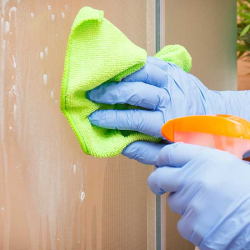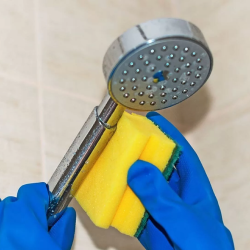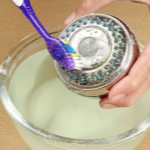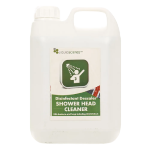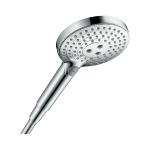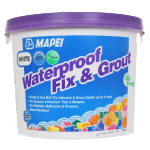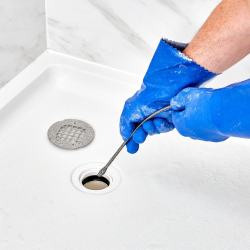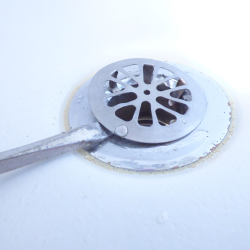Intro
Although showers are used to get yourself clean, maintaining the cleanliness of the shower itself can prove more difficult. Battling against grime, mildew and hard water stains can seem daunting, but with just a little after-shower upkeep and a once-a-week deeper clean, you can prevent stains and residue from taking over. In this guide, you will be taken through how to clean showers of various materials (tile, stone and fibreglass) and their accompanying doors, drains and shower heads, using quick methods that use simple and natural ingredients you can find around the house.
How To Clean Shower Glass
How To Clean Shower Head
Step By Step Guide to Cleaning Shower Head
What you will need:
- A large plastic sandwich bag
- Distilled white vinegar / cleaning vinegar
- An elastic band / duct-tape / string
- A clean toothbrush
- Baking soda (optional)
As an alternative, you can purchase pre-made shower cleaners, promising effective results at a quicker speed. These products range from general limescale removers you’ll find in supermarkets to products created solely for shower heads such as shower head cleaners available here. You can also look out for shower heads that are easy to clean, like the one listed below which has a rinse-able dirt filter and QuickClean feature for easy removal of limescale by simply rubbing your fingers over the silicon nubs.
How To Unclog Shower Drain
How To Remove Shower Drain



